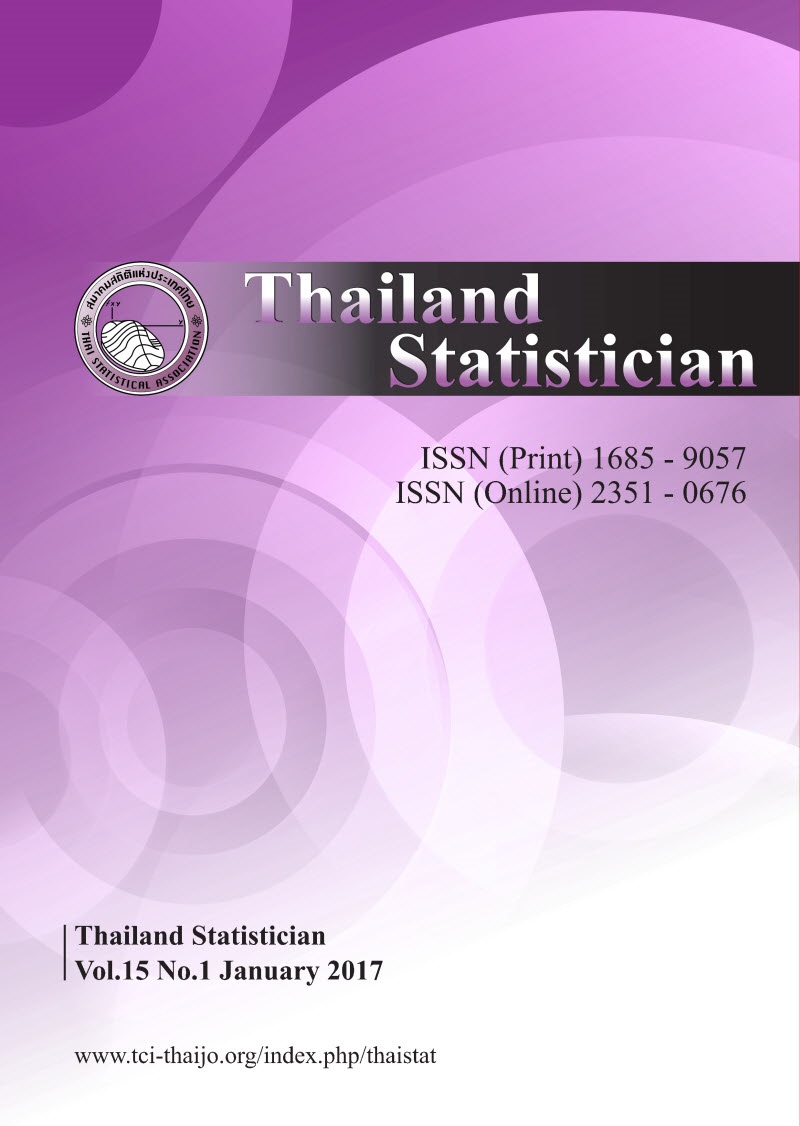Factors Affecting Maejo University Students’ ExpenseBehavior
Keywords:
catPCA, nonparametricsAbstract
The behavior in expenses of many undergraduate students at present is lavish and fashionable because they imitate their friends who are rich and wealthy. This research is aimed to study the expense-behavior of Maejo University students in terms of the nature of their spending and their financial status. This research examined the relationship between parents’ basic data and students’ expense-behavior ; the factors affecting the selecting and buying of goods; the factors affecting students’ expensebehavior; and we analyzed the relative trend of affecting variables of the expensebehavior . The 507 undergraduate students from all 7,562 faculties in Maejo University were sampled by using stratified random sampling and questionnaires. Each faculty was the stratum. The analytical statistics in this study were descriptive statistics, nonparametric statistics and category analysis so as to test the proportion, the mean between 2 groups and the mean of several groups and the relationship between variables. The highest monthly expense of most students were 1,501- 2,500 baht for food and soft drinks, and they did not include liquor and cigarettes. Most students got income from their fathers/mothers and government education loan funds less than 3,001 baht and 2,501 – 3,500 baht, respectively. Their income and expenses were always balanced, and they hardly faced the financial problem. The correlation between basic data and students’ expense-behavior was 0.931. The relationship between these variables was positive direction with income and expenses. Most students considered selecting and buying goods by price and usefulness, involving their independent decisions whether or not to make a purchase. Most students usually compared the price of the goods with its usefulness and compared its price with the quality. They asked their friends about the details of the goods and considered the advertisement. They would regularly go shopping at department stores not more than 5 times a month. At 5% level of significance, we found that the students’ expense-behavior was affected by gender, income, faculty, and class year which correlated with 0.901 and the relative trend of affecting variables of expense-behavior was in the same direction.Downloads
How to Cite
Tanvatanagul, W., & Tanvatanagul, V. (2015). Factors Affecting Maejo University Students’ ExpenseBehavior. Thailand Statistician, 5, 25–40. Retrieved from https://ph02.tci-thaijo.org/index.php/thaistat/article/view/34346
Issue
Section
Articles



